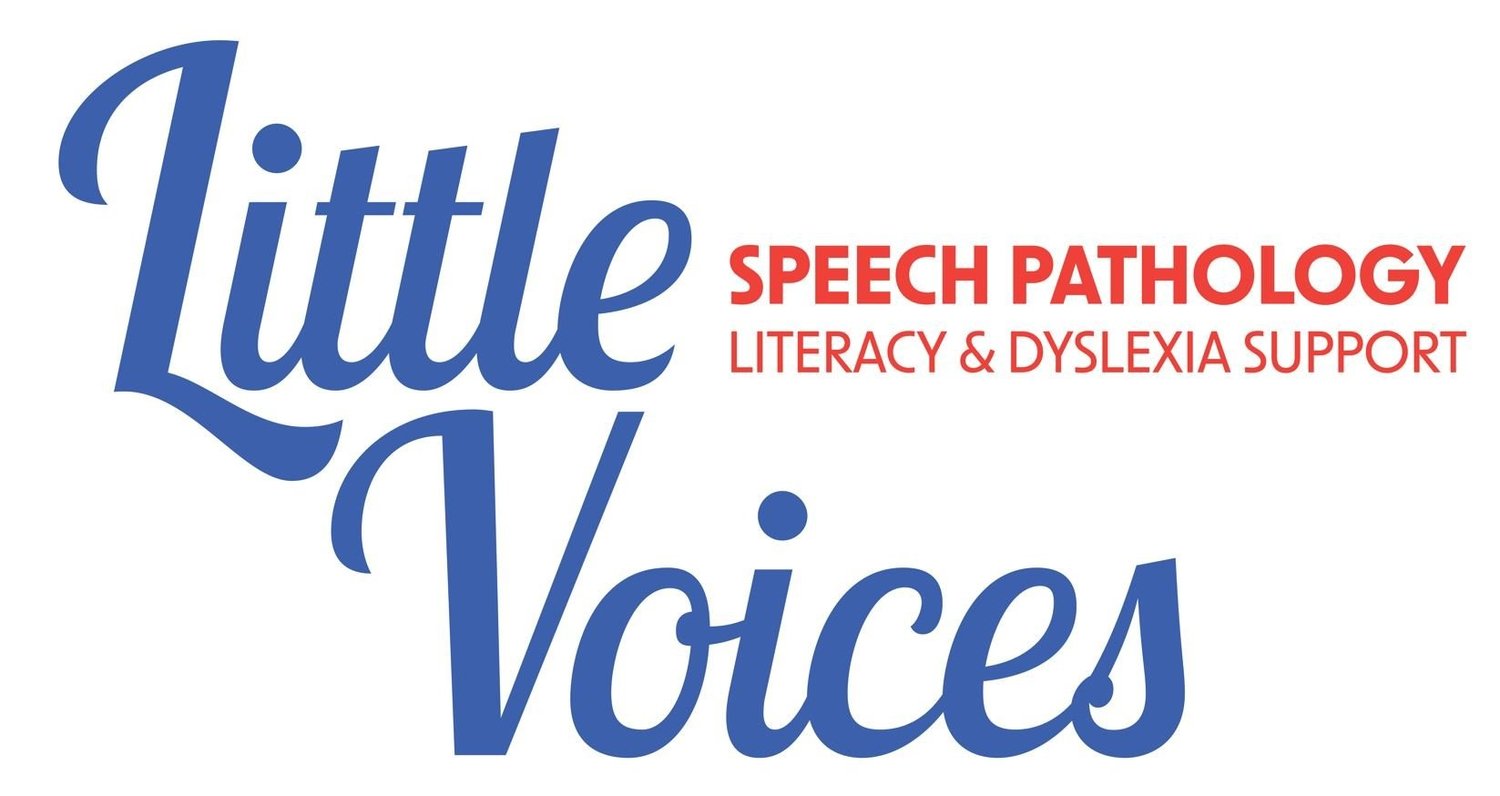Speech vs Language What’s the difference?
The early years of a child's development are marked by significant milestones in communication. As parents and caregivers, it’s helpful to understand the distinction between children's speech and children's language. While these terms are often used interchangeably, they encompass different aspects of a child's communication abilities.
Children's Speech:
Children's speech refers to the production of sounds, words, and sentences. Speech involves the coordination of various components, including articulation (the physical production of sounds using parts of the mouth), fluency (the smooth flow of speech), and voice (the pitch, volume, and quality of speech). One way to think about speech is to think about how clear your child’s speech is. It’s the pronounciation of words. How well can you understand their speech?
Key Points about Children's Speech:
Articulation: Children's articulation skills gradually develop as they learn to coordinate their lips, tongue, teeth, and vocal cords to produce specific sounds. This is a motor-based skill.
Phonological Processes: As a child's speech develops, there are certain error patterns that are considered “typical” to a certain age. These often include substituting sounds or deleting more complex parts of words. Often the child has the right sounds however uses them in the wrong place.
Children's Language:
In contrast to speech, children's language encompasses a broader set of skills that involve understanding and using language to convey meaning effectively. It encompasses both receptive language (understanding spoken or written words, sentences and connected language) and expressive language (using words, gestures, or other means to communicate).
Elements of Children's Language include:
Phonology: Phonology refers to the sounds of language. Children learn to produce and distinguish between different speech sounds, known as phonemes. Developing strong phonological skills is crucial for clear and intelligible speech.
Vocabulary: Vocabulary represents the words a child understands and uses. Building a rich vocabulary is essential for expressing thoughts and ideas.
Grammar: Grammar involves the rules and structures that govern language. Children learn to construct grammatically correct sentences, use appropriate verb tenses, and understand word order.
Semantics: Semantics focuses on the meaning of words and how they relate to each other. Children acquire semantic skills by understanding word associations, multiple meanings, and word categorisation (for example, animals vs. food).
Pragmatics: Pragmatics refers to the social use of language. It involves understanding and using language appropriately in different social contexts. Proficient pragmatic skills facilitate successful communication and social interactions.
While children's speech and children's language are interconnected, they represent distinct aspects of a child's communication abilities. In short, a child's speech is how they say their words, and a child's language is what they are saying. Recognising and nurturing both speech and language skills is vital for supporting a child's overall development. By understanding the differences between the two, parents and caregivers can provide targeted support and create an environment that fosters growth in their child's communication abilities.
The Speech Pathology Australia Website has some great infographics on speech and language milestones. You can access these at Speech Pathology Australia.
If you have any concerns regarding your child's speech or language development, contact a Speech Pathologist for more information and support.

